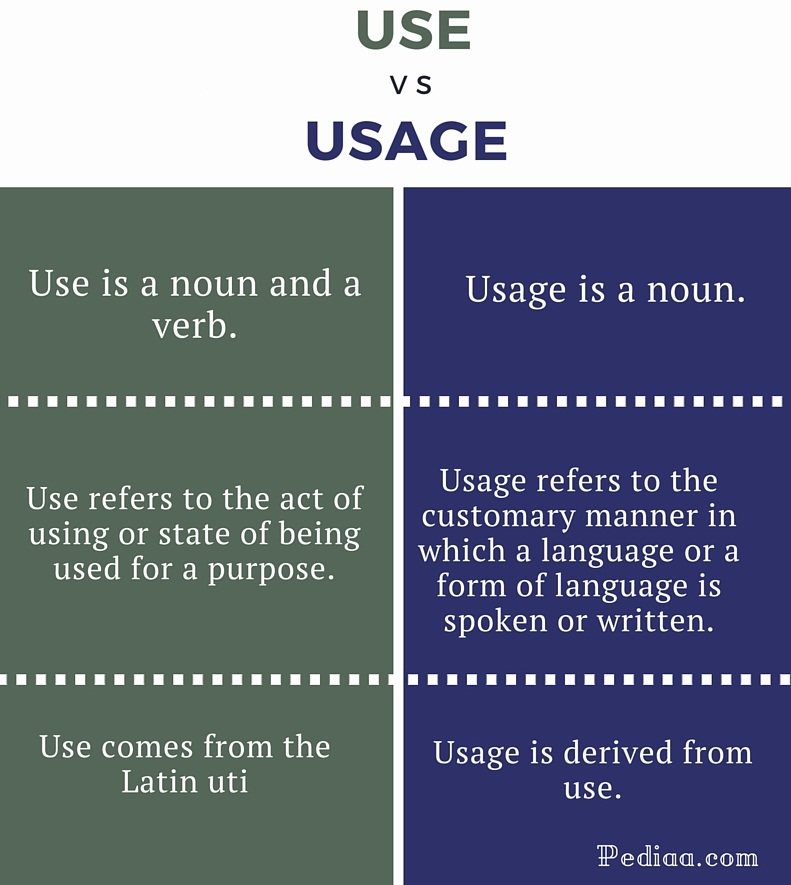De Quervain’s disease, also known as de Quervain’s tenosynovitis, is a condition that affects the tendons on the thumb side of your wrist. It occurs when the tendons around the base of the thumb, specifically the extensor pollicis brevis and abductor pollicis longus, become inflamed and irritated. This inflammation leads to pain and tenderness, particularly when forming a fist, grasping, or turning the wrist.
The condition is named after the Swiss surgeon who first described it, Fritz de Quervain. It is a form of tendinitis, which is the inflammation of tendons, and is often associated with repetitive motion or overuse of the thumb and wrist. People who engage in activities that involve repetitive thumb movements, such as golfers, racquetball players, and individuals who frequently text or use a computer mouse, are at higher risk of developing de Quervain’s disease.
Symptoms and Diagnosis
The primary symptoms of de Quervain’s disease include pain and tenderness on the thumb side of the wrist, which can spread to the thumb and forearm. These symptoms are typically worse with activities that involve grasping or twisting, such as opening jars, turning keys, or even simple actions like lifting a child. Performing the Finkelstein test, which involves making a fist with the thumb inside the fingers and then bending the wrist toward the little finger, can also elicit pain and is often used as a diagnostic tool.
Diagnosing de Quervain’s disease typically involves a physical examination and a review of the patient’s medical history. The diagnosis is primarily clinical, based on the presentation of symptoms and the results of the physical examination. Imaging tests such as X-rays or MRIs are usually not necessary unless another condition, such as a fracture or arthritis, is suspected.
Treatment Options
Treatment for de Quervain’s disease aims to reduce inflammation and relieve pressure on the affected tendons. Initial treatment often involves conservative measures:
- Immobilization: Using a splint to immobilize the wrist and thumb and give the tendons a chance to rest.
- Medication: Over-the-counter pain relievers and anti-inflammatory medications can help reduce pain and inflammation.
- Physical Therapy: Gentle exercises can help improve range of motion and strength once the pain has subsided.
- Steroid Injections: Injecting corticosteroids into the affected area can reduce inflammation and relieve pain.
In cases where conservative treatment does not provide relief, surgery may be recommended. The surgical procedure involves releasing the tendon sheath that surrounds the affected tendons to relieve pressure and allow for smoother gliding of the tendons.
Prevention
Preventing de Quervain’s disease involves modifying activities to reduce repetitive strain on the thumb and wrist. This can include taking regular breaks from activities that involve repetitive motion, using proper technique when engaging in sports or other activities, and maintaining good wrist and hand positions during work or leisure activities.
Comparative Analysis: De Quervain’s vs. Other Wrist Conditions
De Quervain’s disease is one of several conditions that can cause wrist pain. Comparing it to other common wrist conditions can help in understanding its unique characteristics and treatment approaches. For instance, carpal tunnel syndrome also affects the wrist but involves compression of the median nerve, leading to numbness, tingling, and weakness in the hand. Ganglion cysts are non-cancerous lumps that can develop on the wrist, causing pain and discomfort. Wrist tendinitis refers to inflammation of the tendons in the wrist, which can be caused by overuse or injury. Each of these conditions requires a different approach to treatment, highlighting the importance of accurate diagnosis.
Historical Evolution of De Quervain’s Disease Understanding
The understanding and treatment of de Quervain’s disease have evolved significantly since it was first described by Fritz de Quervain. Initially, the condition was recognized as a source of pain and disability, but its causes and optimal treatments were not well understood. Over time, with advancements in medical science and physical therapy, more effective treatments and preventive strategies have been developed. Today, de Quervain’s disease is recognized as a common condition among individuals engaging in repetitive activities, and its management includes a range of conservative and surgical options.
Expert Insight
According to orthopedic specialists, early diagnosis and treatment of de Quervain’s disease can significantly improve outcomes. They recommend that individuals experiencing persistent wrist or thumb pain should seek medical evaluation to determine the cause of their symptoms and develop an appropriate treatment plan. This plan may include modifications to activities, physical therapy, or in some cases, surgical intervention to alleviate symptoms and prevent long-term damage.
Future Trends Projection
The future management of de Quervain’s disease is likely to involve more personalized and minimally invasive approaches. Advances in diagnostic imaging and genetic research may help identify individuals at risk and allow for earlier intervention. Furthermore, the development of new materials and techniques for splinting and orthotics could provide more effective support and rehabilitation options. The integration of technology, such as wearable devices that track and provide feedback on wrist and thumb movements, could also play a role in preventing overuse and facilitating recovery.
Decision Framework for Treatment
When deciding on a treatment approach for de Quervain’s disease, several factors should be considered:
- Severity of Symptoms: The level of pain and impact on daily activities.
- Response to Conservative Measures: How well initial treatments such as rest, medication, and physical therapy alleviate symptoms.
- Lifestyle and Occupational Demands: The need to return to specific activities or work duties.
- Presence of Other Conditions: Co-existing health issues that could affect treatment choices or outcomes.
By weighing these factors, individuals can make informed decisions about their treatment, in consultation with healthcare professionals.
Practical Application Guide
Managing de Quervain’s disease requires a combination of medical treatment, lifestyle adjustments, and sometimes, changes in work or recreational activities. Here are some practical tips for managing the condition:
- Warm Up and Stretch: Before engaging in activities that involve repetitive thumb movements, warm up with gentle stretching exercises.
- Modify Activities: Identify and modify activities that aggravate the condition to reduce strain on the thumb and wrist.
- Use Ergonomic Equipment: Ensure that tools, computer mice, and other equipment are designed to reduce strain on the wrist and thumb.
- Take Breaks: Regularly take breaks from activities to rest the wrist and thumb.
FAQ Section
What are the primary symptoms of de Quervain's disease?
+The primary symptoms include pain and tenderness on the thumb side of the wrist, which can spread to the thumb and forearm. These symptoms are typically worse with activities that involve grasping or twisting.
How is de Quervain's disease diagnosed?
+Diagnosis is primarily clinical, based on a physical examination and medical history. The Finkelstein test is often used to confirm the diagnosis.
What are the treatment options for de Quervain's disease?
+Treatment options include conservative measures like immobilization, medication, physical therapy, and steroid injections. In some cases, surgery may be recommended to release the tendon sheath.
How can de Quervain's disease be prevented?
+Prevention involves modifying activities to reduce repetitive strain on the thumb and wrist, taking regular breaks, and using proper technique during sports or other activities.
What is the prognosis for individuals with de Quervain's disease?
+The prognosis is generally good, especially with early diagnosis and treatment. Most individuals can expect significant improvement in symptoms with appropriate management.
In conclusion, de Quervain’s disease is a treatable condition that requires a thoughtful and often multidisciplinary approach to management. By understanding its causes, symptoms, and treatment options, individuals can work towards relieving their symptoms and preventing future episodes. Whether through conservative measures or surgical intervention, the goal of treatment is to restore function, alleviate pain, and enhance the quality of life for those affected by this condition.


